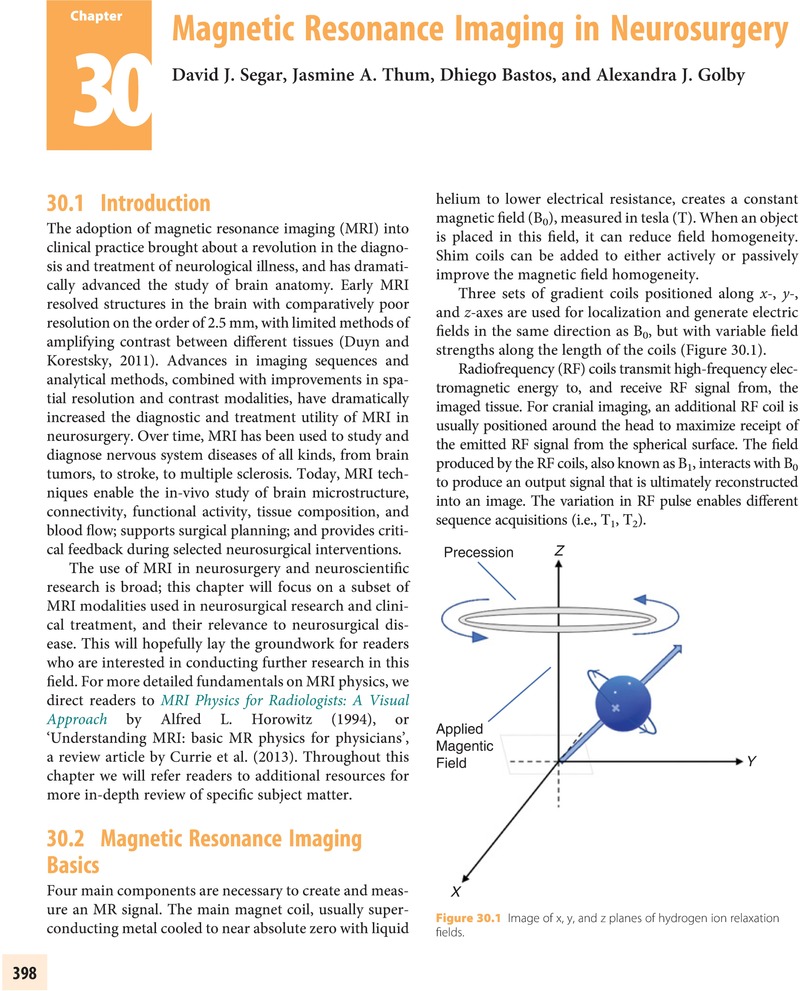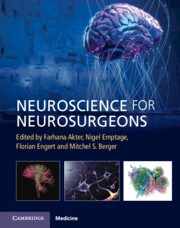Section 2 - Clinical Neurosurgical Diseases
Published online by Cambridge University Press: 04 January 2024
Summary

- Type
- Chapter
- Information
- Neuroscience for Neurosurgeons , pp. 184 - 421Publisher: Cambridge University PressPrint publication year: 2024



